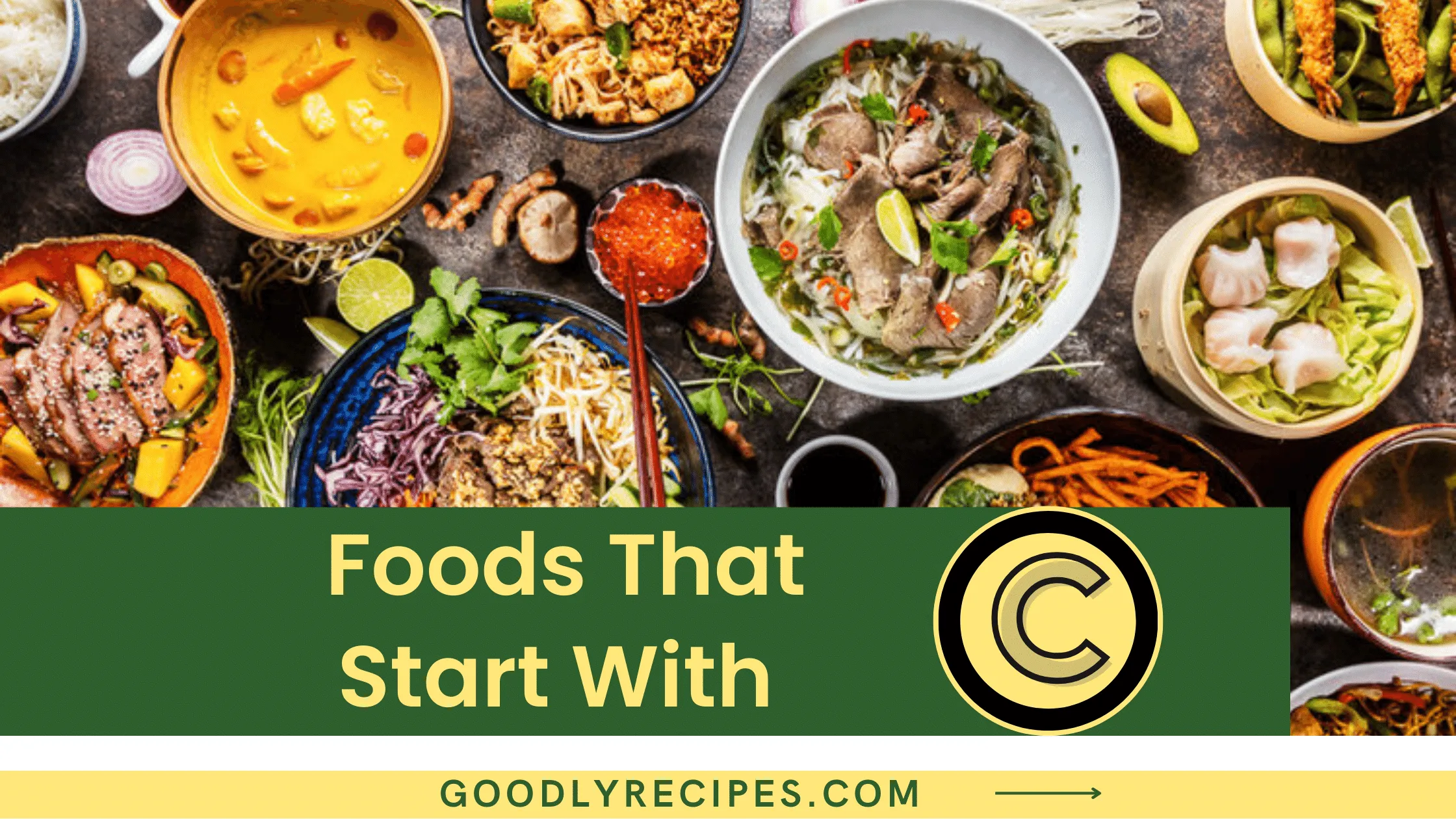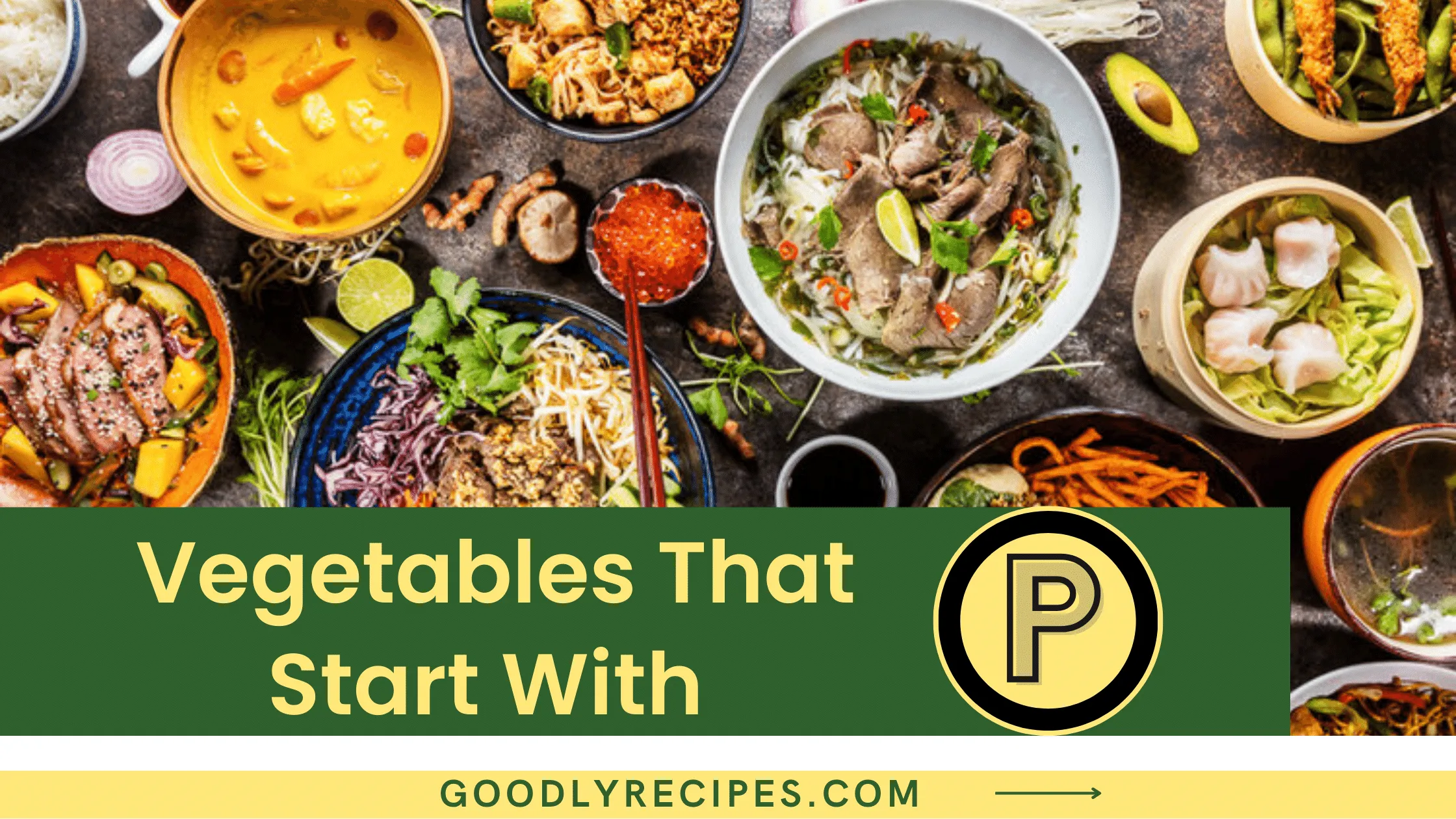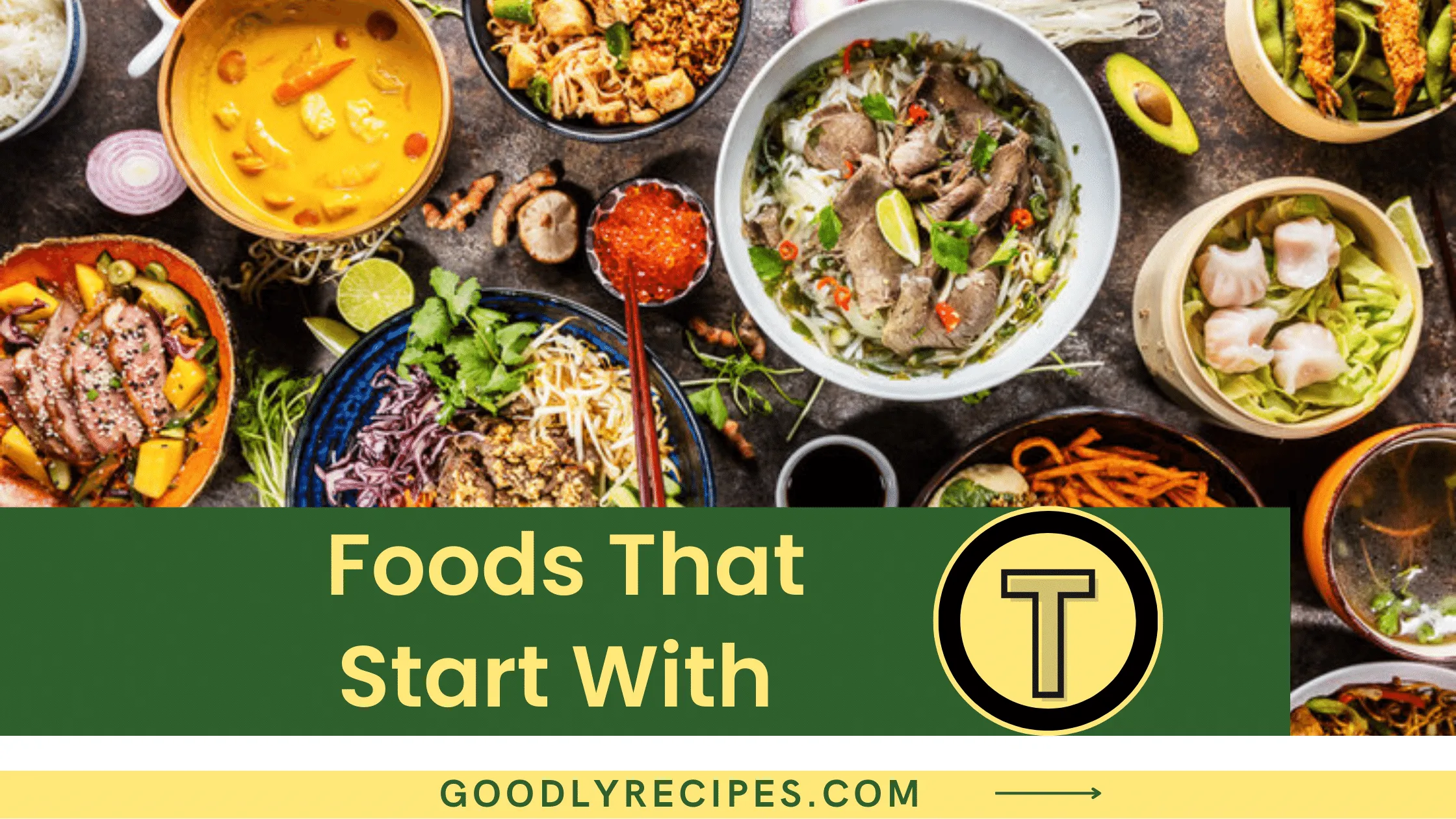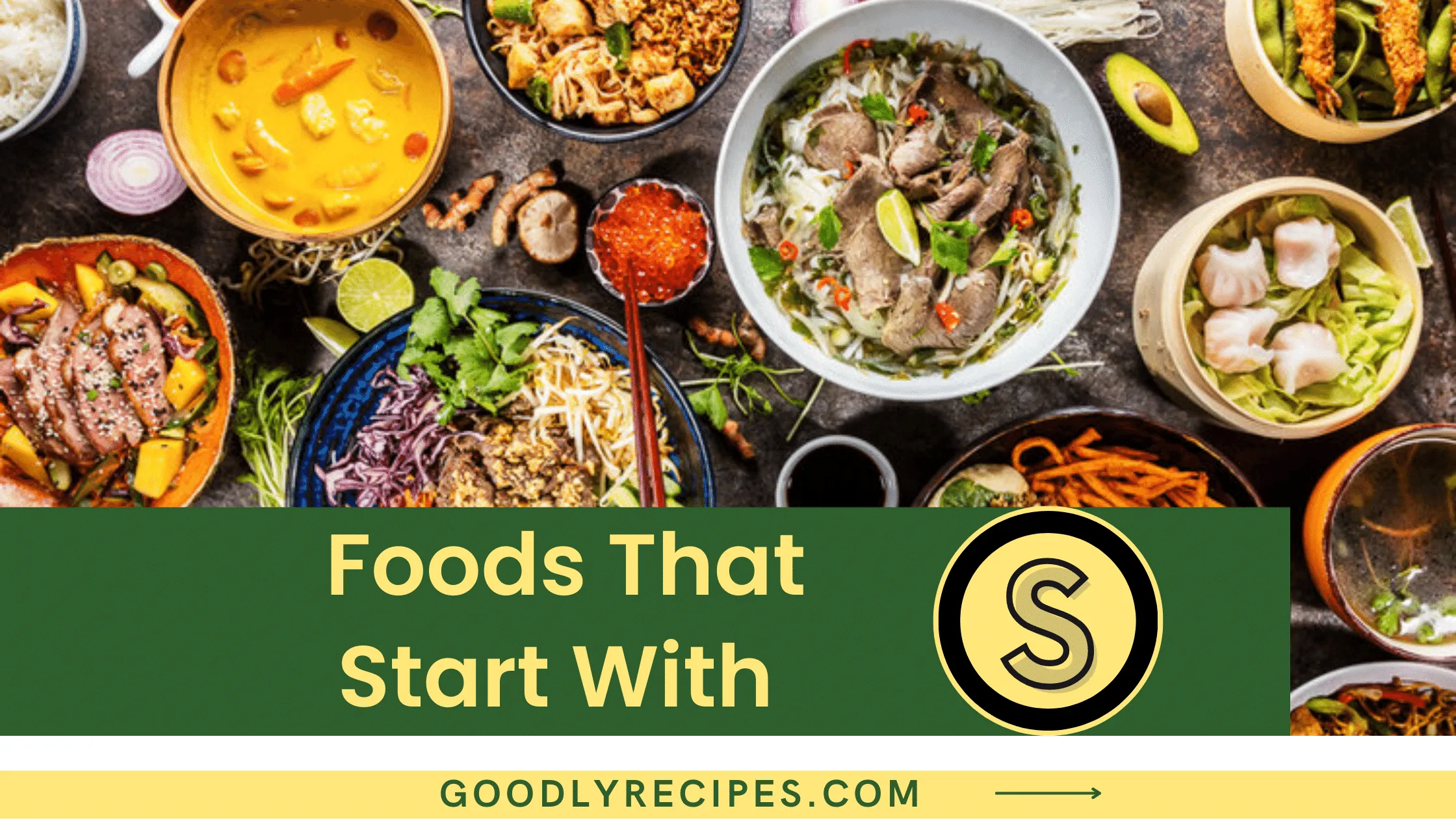Vegetables That Start With G:
Vegetables that start with the letter G bring variety to your diet and are packed with essential nutrients and vitamins. From garlic to green peas, there is a plethora of healthful veggies that can be easily included in meals or snacks. In this article, we will explore some of these tasty G vegetables and get creative ideas on how best to cook them so you can enjoy their immense nutritional benefits!
Galangal:
Galangal is a rhizome related to ginger that has been used medicinally in Asia for centuries. It has a pungent, peppery flavor and is often used in Thai cuisine. In addition to its culinary uses, galangal has been traditionally used to treat indigestion, stomachache, and nausea. Recent research indicates that galangal may have anti-inflammatory and antioxidant properties. One study found that the extract of galangal was able to reduce inflammation in rats with arthritis.
Garbanzo Beans:
Garbanzo beans, also known as chickpeas, are a delicious and nutritious legume that can be enjoyed in a variety of ways. High in fiber and protein, garbanzo beans are perfect for vegetarians and those on a gluten-free diet. They’re also low in fat and calories, making them a healthy choice for people looking to lose weight or maintain a healthy weight. Garbanzo beans can be boiled, steamed, or roasted.
Garden Rocket:
Garden rocket (Eruca vesicaria) is an annual plant in the Brassicaceae family, which also includes cabbage, cauliflower, broccoli, and Brussels sprouts. Garden rocket is sometimes called arugula, although this name is also used for different species of plants in the Ericaceae family. Garden rocket is a member of the mustard family and has a peppery flavor similar to horseradish or wasabi. The leaves are green with a reddish tinge and are triangular in shape.
Garlic:
Garlic is a bulbous plant that is related to the onion and is used in both culinary and medicinal applications. The garlic bulb consists of numerous cloves, each of which has a papery skin. When the skin is removed, the edible cloves can be used fresh or cooked.
Garlic contains allicin, which is a compound that has been shown to have anti-inflammatory and antibacterial properties. Garlic has also been shown to help lower blood pressure and cholesterol levels, as well as reduce the risk of heart disease.
Garlic Chives:
Garlic chives (Allium tuberosum) are a type of onion that is closely related to the common green onion or scallion. They have a mild garlic flavor and are great for adding to salads, soups, or stir-fries. They can also be used as a garnish on dishes like mashed potatoes or rice. Garlic chives are easy to grow in your garden and can be planted either from seed or from young plants. They prefer full sun but can tolerate some shade, and they do well in most types of soil as long as it is well drained.
Gem Squash:
Gem squash, also known as buttercup squash, is a winter squash that belongs to the genus Cucurbita. It is a small, dark green fruit with a hard rind and sweet orange flesh. The word “gem” is derived from the Latin word “gemma” which means “jewel.” The gem squash gets its name from its jewel-like appearance. The small, dark green fruit has a hard rind and bright orange flesh that sparkles like a precious stone.
Gherkins:
Gherkins are cucumbers that have been harvested early and are small in size. They are often used as a pickle, because of their sour flavor. Gherkins can be eaten fresh or added to salads, but they are most commonly used as a pickle. Pickles are cucumbers that have been treated in an acidic vinaigrette. This treatment makes them last longer and gives them a sour flavor.
Ginger:
Ginger is a rhizome (underground stem) of the ginger plant, which is native to tropical Asia. It is a pungent, aromatic spice that is used in both sweet and savory dishes. Ginger has been used for centuries in traditional medicine to treat various ailments such as nausea, vomiting, and colds. It has also been shown to have anti-inflammatory and antioxidant properties. Ginger is available in fresh or dried form. Fresh ginger can be added to dishes during cooking or eaten raw.
Gongura:
Gongura (Raphanus gangeticus) is an indigenous leafy vegetable grown in many parts of India. The leaves are sour and are used as a seasoning in curries, dal, and sambar. Gongura is a rich source of dietary fiber, minerals (calcium, magnesium, potassium, and zinc), vitamins (A, C, and E), and phytonutrients. The leaves are sour because they contain high levels of organic acids such as tartaric acid, citric acid, malic acid, and fumaric acid. These organic acids lower the pH of food which makes them taste sour.
Green Amaranth:
Green amaranth is an annual plant that belongs to the family Amaranthaceae. It is a warm-season crop that is grown mainly in the tropics and subtropics. Green amaranth grows quickly and produces abundant foliage. The plant can reach heights of 2 meters or more. The leaves are elliptical to lance-shaped with wavy margins, and they are 6-12 cm long and 3-5 cm wide. The flowers are small, inconspicuous, and greenish in color.
Grape Leaves:
Grape leaves can be purchased fresh or frozen, canned, or dried. If you purchase fresh grape leaves, you’ll need to wash them well and then blanch them in boiling water for about two minutes before using them in a recipe. If you purchase frozen grape leaves, they are ready to use without any additional preparation.
Green Beans:
Green beans are a great addition to any meal, and they’re packed with nutrients that are essential for good health. They’re a good source of fiber, vitamins A, C, and K, and minerals like potassium, manganese, and magnesium. They also contain antioxidants that can help protect against age-related damage and diseases.
Green beans are versatile and easy to prepare. They can be eaten raw or cooked, and they taste great when tossed with a little olive oil or garlic.
Green Onions:
Green onions are a type of onion that typically has a milder flavor than other types of onions. They are often eaten raw in salads or as part of salsas, and they are also used as a flavoring agent in many different dishes. Some people like to eat green onions because they are a good source of vitamins A and C, and they also contain some fiber and potassium. Additionally, green onions are low in calories and can be a healthy addition to most diets.
Guar:
Guar is a legume that is mainly grown in India and Pakistan. It has a high protein content and is used as a thickener in food preparations. During the processing of guar, the husk and the endosperm are removed, leaving the dehusked split bean or pulse. The split bean is then screened to remove any foreign material and then cleaned to remove dust, chaff, etc. The split bean is then heated to about 80°C for about 20 minutes to inactivate enzymes and finally cooled before being packed.
Source: GoodlyRecipes.com






